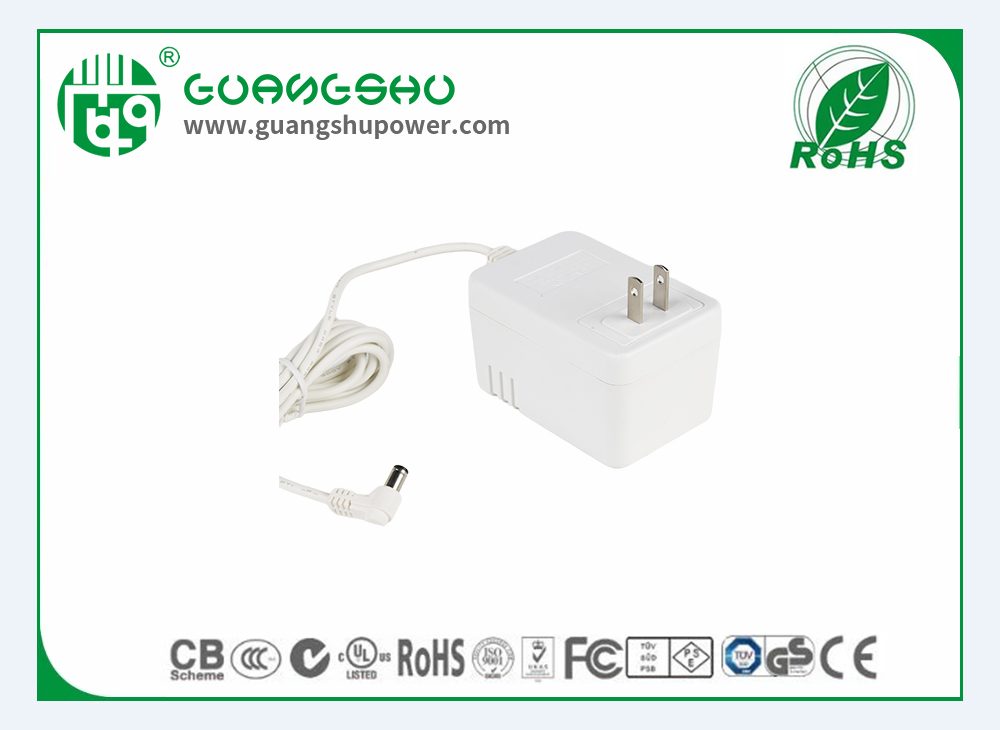Time:2024-11-13 Views:0

Power adapter technology plays a crucial role in providing a stable and reliable power source for various electronic devices. A power adapter typically consists of several key components, including a transformer, rectifier, filter, and regulator.
The transformer in a power adapter is responsible for stepping down or stepping up the input voltage to a suitable level for the connected device. Rectifiers convert the alternating current (AC) input into direct current (DC), which is required by most electronic devices. Filters are then used to smooth out the DC output and remove any unwanted electrical noise. Finally, regulators ensure that the output voltage remains constant even if the input voltage or load changes.
In recent years, there have been significant advancements in power adapter technology. For example, many power adapters now feature high-efficiency designs that reduce power consumption and waste heat. Some adapters also incorporate advanced safety features such as overvoltage protection, overcurrent protection, and short-circuit protection to prevent damage to the connected device and ensure user safety.
Another important aspect of power adapter technology is compatibility. Power adapters need to be compatible with a wide range of devices and input voltages. This requires careful design and engineering to ensure that the adapter can provide the correct voltage and current for each specific device.
power adapter technology is constantly evolving to meet the growing demands of modern electronic devices. With advancements in efficiency, safety, and compatibility, power adapters are becoming more reliable and user-friendly than ever before.
Read recommendations:
10W Australian Standard Switching power supply
10W Wall Plug UK Standard Switching power supply